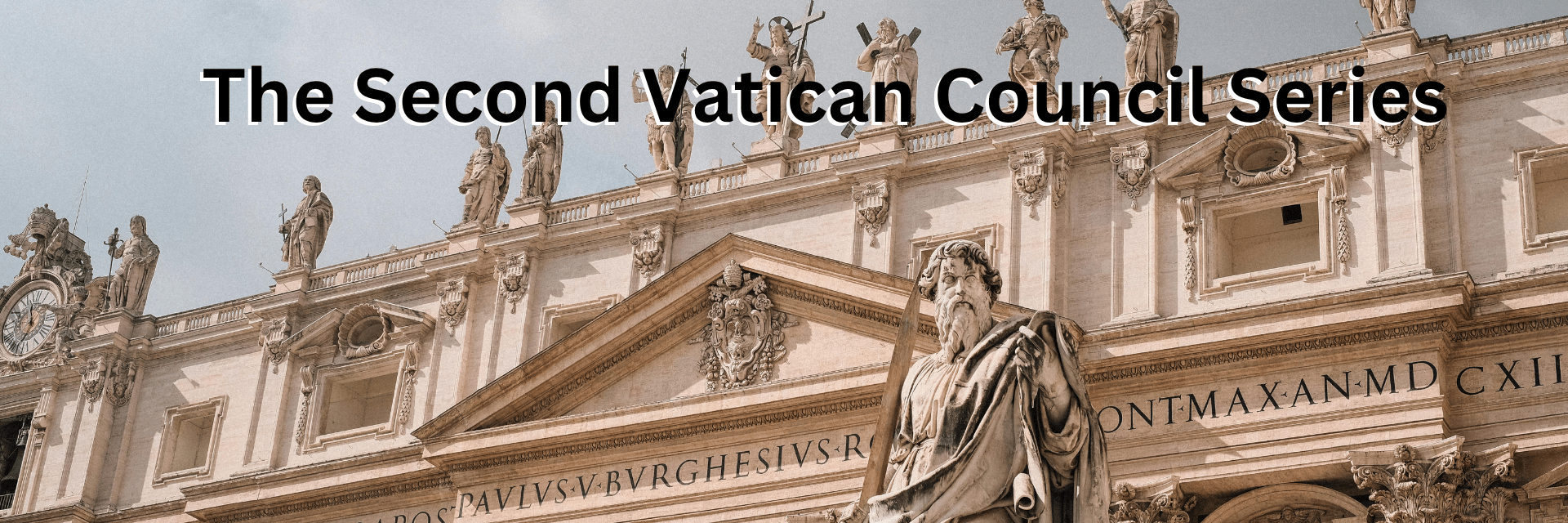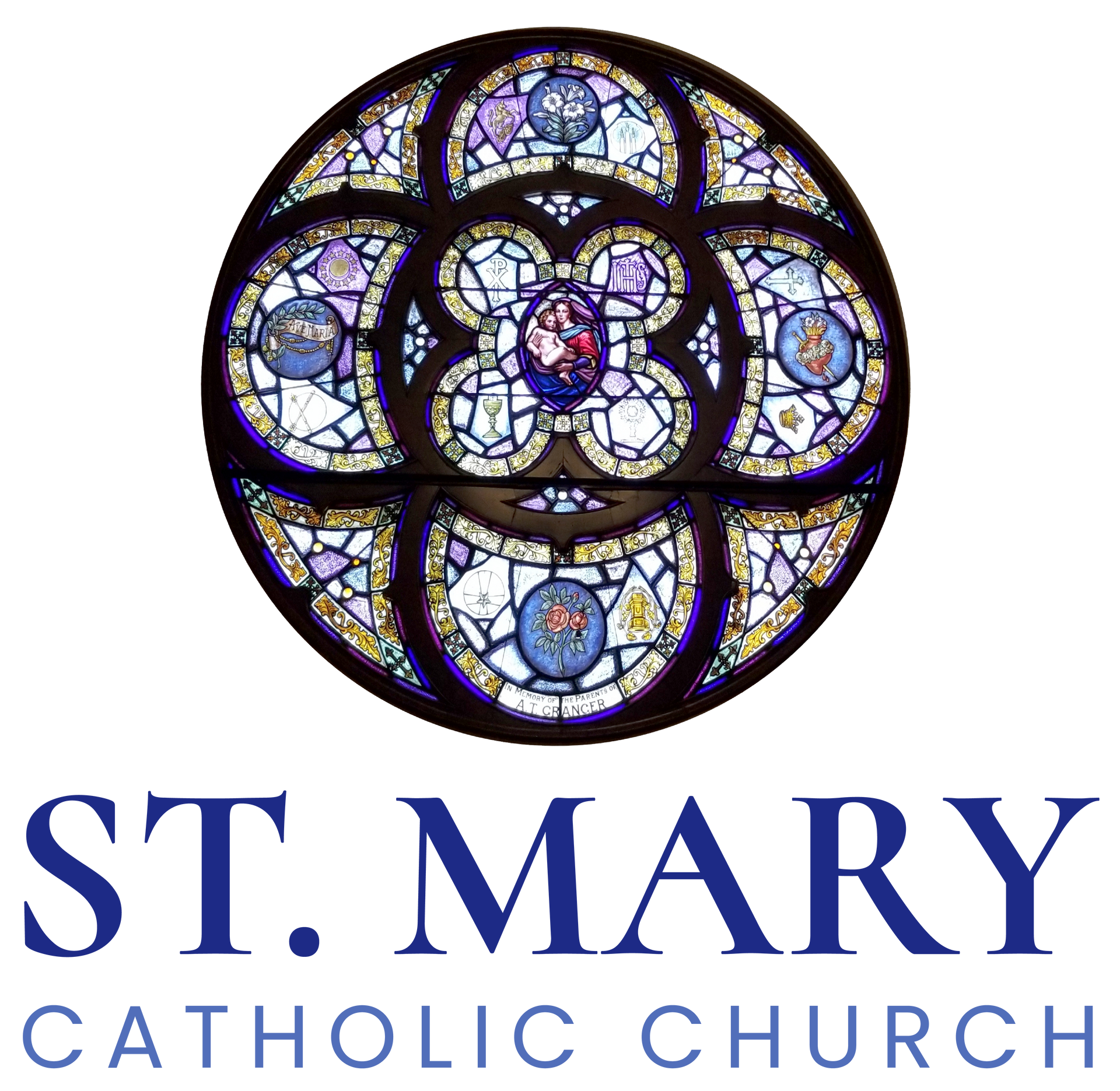6th Letter on Vatican II

VI. ADDRESSING TRADITIONALIST CONCERNS ABOUT THE CHANGES THAT CAME TO THE LITURGY.
We must recognize that the Traditionalists bring up good arguments that need to be adequately addressed. It is not as simple as saying, Pope Paul VI approved the New Roman Missal therefore there is no problems that need to be addressed.
The heart of the issue.
When the council fathers met, they created the document Sancrosanctum Concilium. This document had certain things that were to be preserved and other things that were to be changed.
Addressing Traditionalist Concerns Through the Lens of Sacramental Theology: Authority, Prudence, and the Integrity of the Sacraments
The concerns of Traditionalists regarding the post-Vatican II liturgical reforms often revolve around two key issues: the validity of the sacraments and the manner in which the reforms were implemented, particularly under the influence of Archbishop Annibale Bugnini. There is a deep desire among Traditionalists to preserve the richness of the Church’s liturgical heritage, and this has led to doubts about whether the changes introduced after Vatican II have affected the essential nature of the sacraments. From the standpoint of sacramental theology, it is important to address these concerns while also recognizing the Church's authority to regulate the liturgy.
The Nature of the Sacraments: Matter and Form
In Catholic sacramental theology, every sacrament consists of both matter and form. The matter refers to the physical elements or actions used in the sacrament (e.g., water in Baptism, bread and wine in the Eucharist), while the form refers to the specific words and prayers that express the sacramental action. For example: St. Thomas Aquinas in his work the Summa Theologica emphasizes that the words "This is My Body" and "This is the chalice of My Blood" are the essential form of the Eucharist. These words effect the transubstantiation of the bread and wine into the Body and Blood of Christ. While the surrounding prayers are important for the liturgical context, Aquinas teaches that the Eucharist would still be valid as long as these essential words are pronounced by a validly ordained priest using the proper matter. I will speak about this in more depth in the following letter.
Ordination and the Validity of Holy Orders
One of the primary concerns among Traditionalists is whether changes to the rite of ordination, particularly as introduced after Vatican II, might invalidate the sacrament of Holy Orders. However, it is crucial to understand that the essential matter and form of ordination remain unchanged, ensuring the sacrament’s validity.
In the ordination of priests, the matter consists of the laying on of hands by a validly ordained bishop, and the form consists of the words of the consecratory prayer, which invoke the Holy Spirit and confer the priestly character. These essential elements remain intact even after the revisions made to the rite of ordination in the post-Vatican II period. I will speak about this more in a letter that follows this one.
Prudence and the Extent of Liturgical Reforms
While the essential elements of the sacraments remain intact, it is worth acknowledging that there is room for debate about the prudence of the widespread liturgical reforms after Vatican II. Archbishop Annibale Bugnini, who played a significant role in shaping these reforms, had a particular vision for the liturgy—one that emphasized simplicity, accessibility, and greater participation by the laity. Many Traditionalists along with traditional minded Catholics argue that Bugnini’s vision went beyond the explicit mandates of the Council and resulted in the modification of nearly all the prayers of the Roman Missal.
From a Traditionalist perspective, one might concede that it was imprudent to modify just about every single prayer. Liturgical continuity is important, and many clergy and the faithful found profound spiritual meaning in the traditional prayers of the Roman Rite. A more gradual or limited revision of the liturgy, which preserved more of the familiar texts, might have eased the transition and reduced the sense of rupture that many experienced.
The Authority of the Pope in Regulating the Liturgy
Despite any concerns about the prudence of these reforms, it is essential to recognize that the liturgical changes were ratified by Pope Paul VI, who had the authority to implement them. In matters of the liturgy, the pope possesses supreme authority as the Vicar of Christ and head of the universal Church. This includes the power to revise the liturgy to meet the needs of the faithful in different times and circumstances.
The Church has always exercised this authority responsibly. For example, Pope Pius V’s Roman Missal of 1570, which followed the Council of Trent, was itself a significant reform that sought to standardize the liturgy in response to the needs of the Church at that time. Similarly, the post-Vatican II revisions were undertaken to renew the liturgy and make it more accessible to the faithful. Though these changes were far-reaching, they were not made arbitrarily; they were carried out under the guidance of the Holy Spirit and the Church’s legitimate authority.
The Integrity of the Sacraments and Trust in the Church
Ultimately, the concerns about the prudence of the liturgical reforms do not undermine the validity of the sacraments. The essential matter and form of the sacraments, which are necessary for their validity, have been preserved throughout the liturgical changes. Even if some of the revisions were imprudent or could have been implemented in a more pastoral way, this does not change the fact that the pope, with the authority given to him by Christ, had the right to implement these changes.
Conclusion:
In conclusion, while it is important to engage with the concerns of Traditionalists about the scope and nature of the post-Vatican II reforms, these concerns must be understood within the broader context of the Church’s sacramental theology and her authority to regulate the liturgy. The Church, under the guidance of the pope, has the responsibility to safeguard the sacraments, ensuring their validity and efficacy while adapting their liturgical expressions to meet the needs of the faithful. By trusting in the Church’s authority and divine guidance, we can be confident that the grace of the sacraments continues to be fully available to all the faithful.





